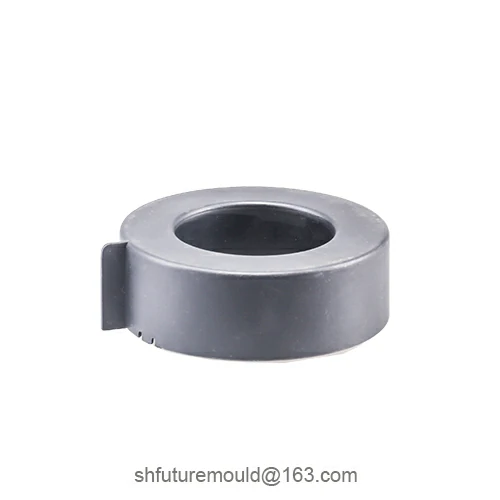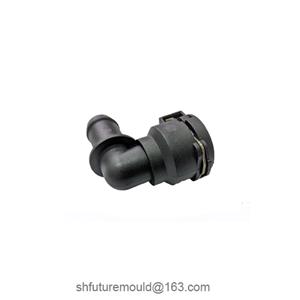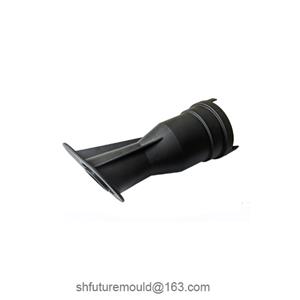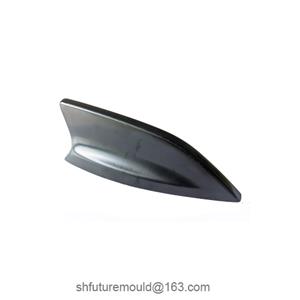Requirements for Mold Design When Processing PEI Material
PEI (Polyetherimide) is a high-performance thermoplastic engineering plastic with excellent mechanical properties, heat resistance, and chemical stability. However, it presents certain challenges in molding and processing.
1. Mold Material Selection
High Strength and Wear Resistance
PEI has a high processing temperature (typically between 340-400°C), so the mold material must have high strength, hardness, and heat resistance.
.Common materials include:
Hot work tool steels (e.g., H13 steel, 8407 steel)
Hardened stainless steel (e.g., 420 steel)
Good Thermal Conductivity
To ensure uniform cooling, the mold material should have good thermal conductivity.
2. Mold Structure Design
Parting Surface Design
The parting surface must be flat and well-sealed to prevent the leakage of high-temperature molten PEI.
Optimize the location of the parting surface to minimize flash and defects in the product.
Runner and Gate Design
Runner: Balanced cold or hot runner systems are recommended to reduce material waste and flow resistance.
Gate:
The gate design should ensure uniform flow into the cavity, with recommended types including pinpoint gates, small circular gates, or fan gates.
Gate locations should avoid thin-wall sections and key appearance areas to reduce stress concentration.
Venting System
Due to PEI’s poor flowability at high temperatures, gas accumulation is common, making effective venting grooves essential.
Venting groove depth should typically range from 0.02-0.05 mm to prevent material overflow.
3. Temperature Control System
High-Temperature Flow Control
PEI molding requires high temperatures, so the mold must have a well-designed heating and cooling system to ensure uniform mold surface temperature.
Cooling channels should be evenly distributed, and a mold temperature controller is recommended to maintain mold temperatures between 120-180°C.
Hot Runner Design
When using a hot runner system, select high-performance heating elements to ensure a stable flow of material at high temperatures.
The temperature control precision of the hot runner must be high to avoid localized overheating or cooling.
4. Special Design Considerations
Deformation Prevention
PEI has a low solidification shrinkage rate (approximately 0.4-0.8%), but the high processing temperature necessitates accounting for thermal expansion, contraction, and mold deformation during design.
Ejection System Design
PEI parts are challenging to demold. The mold should include an appropriate draft angle (usually 1-3°) and provide ejector pins or other ejection mechanisms as needed.
Mold surfaces can be treated with wear-resistant coatings (e.g., PVD or TiN) to improve durability and reduce demolding resistance.




